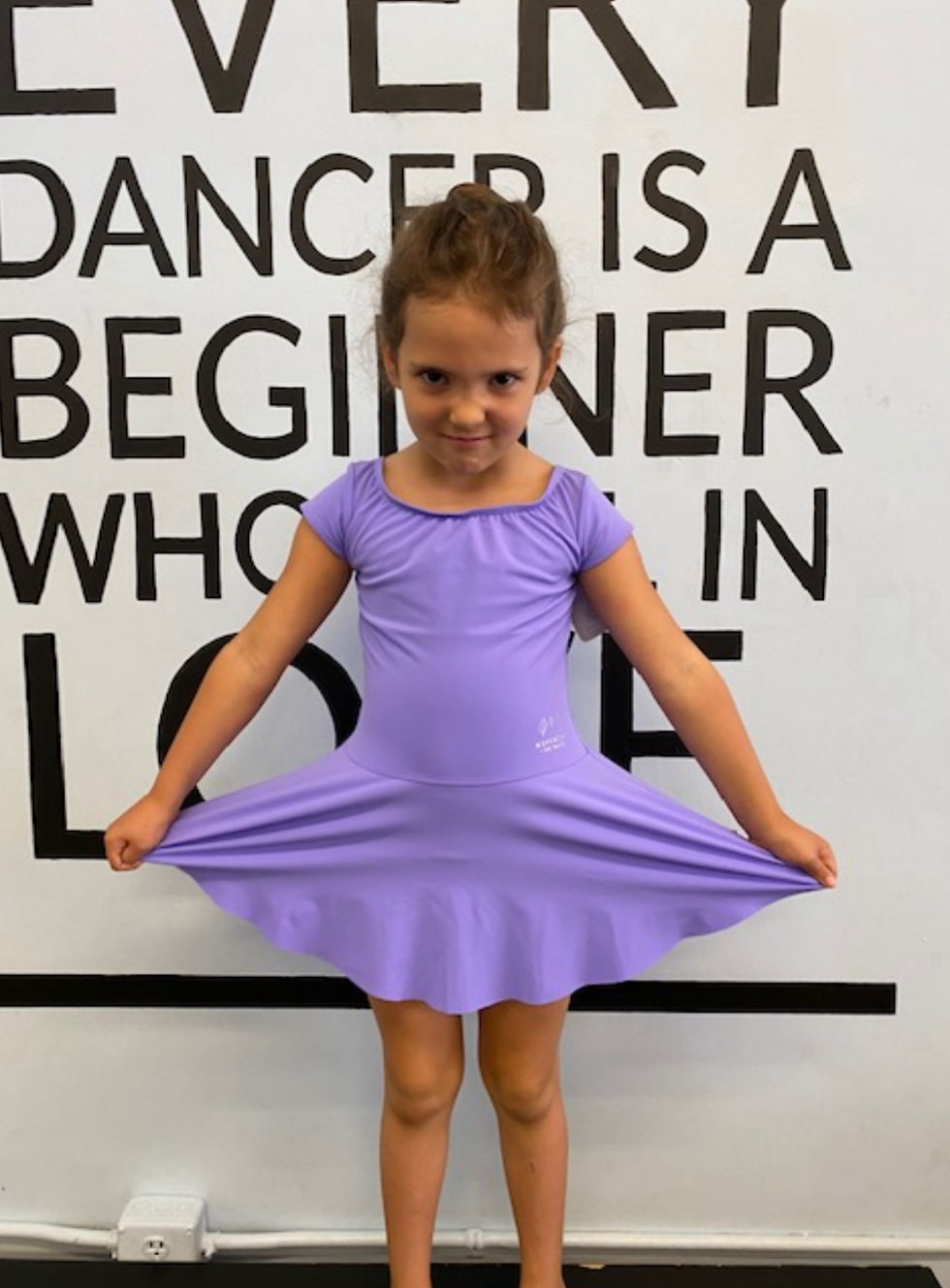Knowing When to Let Go: Navigating the Decision to Allow Your Child to Quit Dance
- Whitney Lewis
- Dec 27, 2023
- 2 min read
Updated: Jan 27, 2024
As dance parents, one of the most challenging decisions you may face is determining when to let your child quit dance. Balancing their well-being and personal interests is crucial. Here are some considerations to help you navigate this decision:
Open Communication: Establish an open line of communication with your child. Encourage them to express their feelings about dance. Understanding their perspective is essential in making an informed decision.
Assess Motivation Levels: Evaluate your child's motivation for dancing. Are they genuinely passionate about it, or has the enthusiasm waned? Identifying the root cause of any disinterest is crucial in determining whether it's a temporary phase or a more significant concern.
Separate Dislike from Discomfort: Understand the difference between not liking a particular aspect of dance and genuine discomfort or distress. If your child dislikes a specific style or routine, that's normal. However, persistent physical or emotional discomfort may warrant reconsideration.
Consider External Factors: Assess external factors that may be affecting your child's commitment to dance. Academic pressures, social challenges, or other extracurricular activities may be influencing their desire to continue or quit. Understanding these factors provides valuable context.
Evaluate Long-Term Goals: Consider your child's long-term goals and aspirations. If dance aligns with their personal and career ambitions, it may be worth encouraging them to persevere through challenging periods. However, if their interests have evolved, it's essential to respect their evolving passions.
Consult with Dance Instructors: Seek input from your child's dance instructors. They can provide insights into your child's progress, potential, and overall experience in the dance studio. Their perspective can be instrumental in making an informed decision.
Explore Compromise: If your child is contemplating quitting due to specific challenges, explore compromises. Perhaps adjustments in the dance schedule, style, or even trying different classes can reignite their interest and address concerns.
Commitment: Considering having your child complete a session or performance to practice follow through and commitment. After a few weeks you can reassess their interest to continue.
Promote a Healthy Relationship with Dance: Encourage a positive and healthy relationship with dance. Emphasize the enjoyment of movement and self-expression rather than solely focusing on achievements. This perspective shift can impact your child's perception of dance and their decision to continue or quit.
Knowing when to let your child quit dance is a delicate balance between supporting their individual journey and guiding them toward informed decisions. By considering these factors, you can navigate this decision-making process with sensitivity and understanding.




